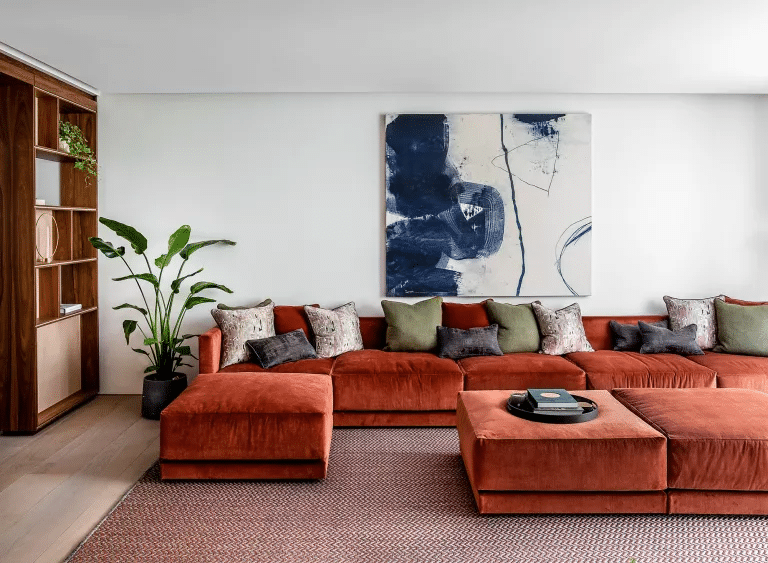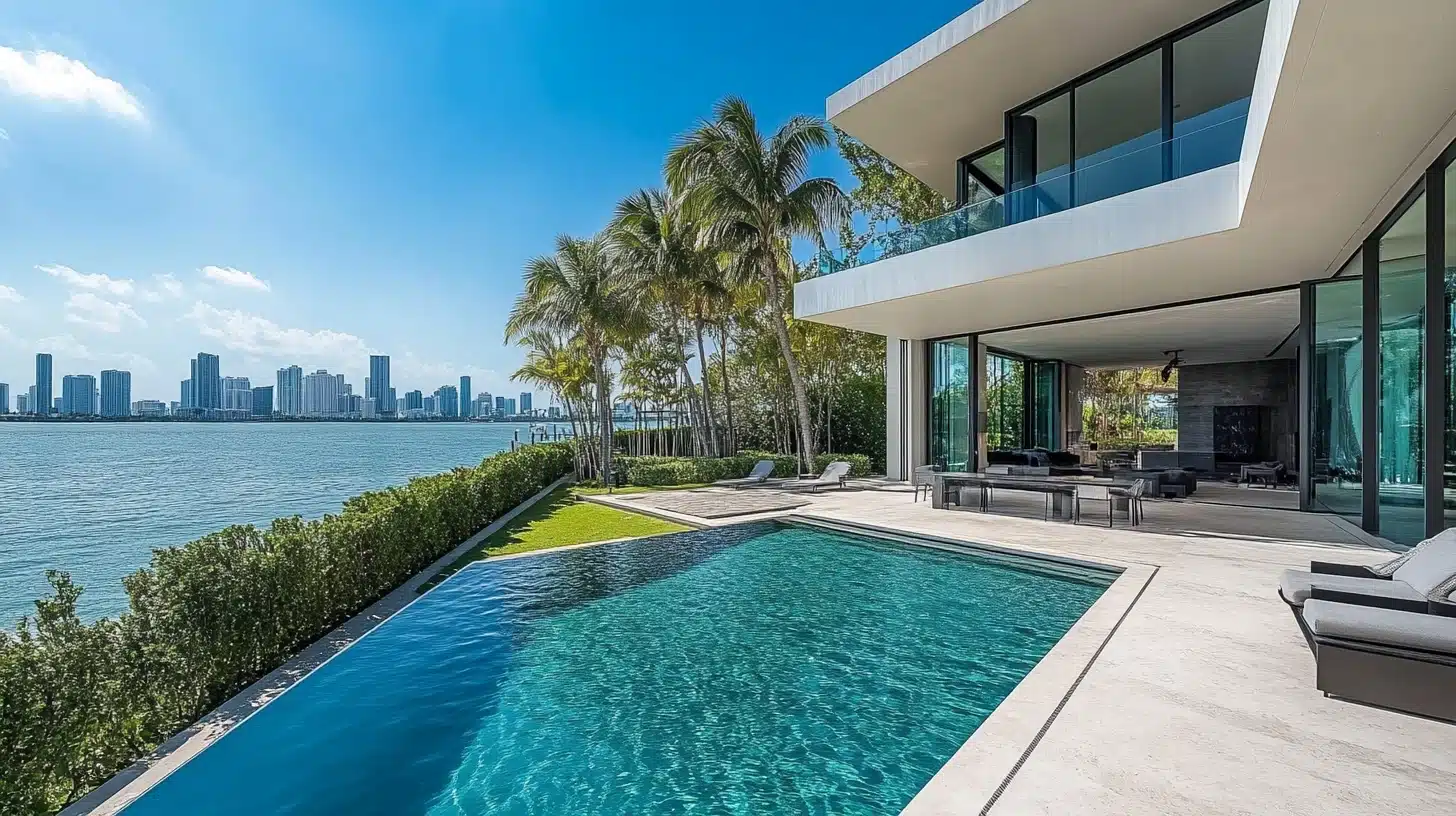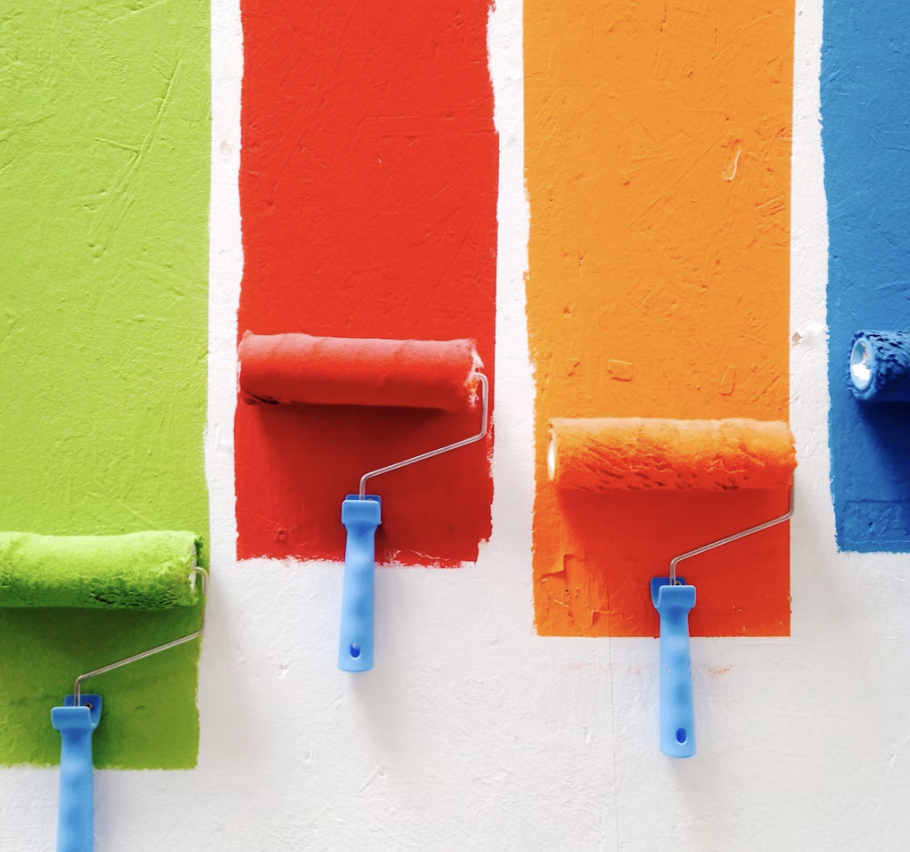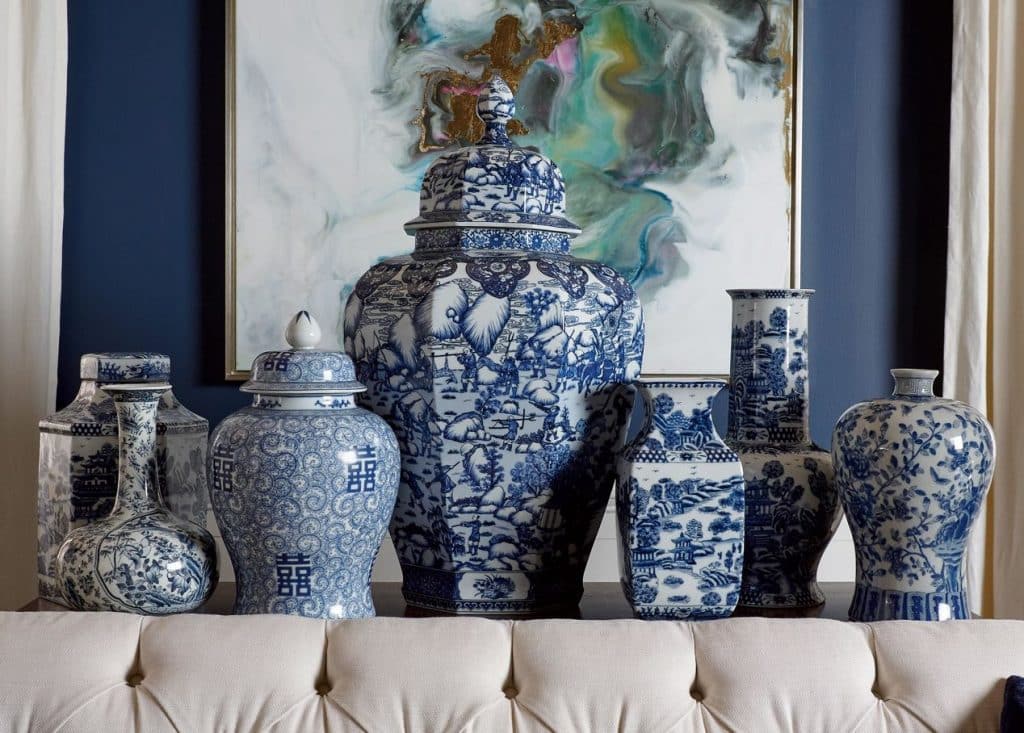16 Basic Rules of Interior Design, After Which You Will Be Able to Create Modern Solutions
A well-designed and harmonious interior affects your mood and well-being. The right choice of colour, a bit of extravagance, attractive shapes and curves, original small details enliven a room and transform it from ordinary to extraordinary. Interior design should be a pleasure.
A little playful, sophisticated, smile-inducing. Here are 16 rules and tricks used by professional designers. Take them on board to create the interior of your dreams.
These principles of interior design can be likened to strategically playing at an online casino. Just as you would use a thoughtful approach to design a room, using a Richard casino app download can strategically enhance your online gaming experience, offering both enjoyment and additional value.
This approach ensures that whether you’re designing a space or choosing an online casino, you’re making decisions that enrich and elevate your experience.
Add a Person to Your Moodboard
When creating a moodboard for inspiration, it’s always a difficult place to start. What colours to choose, what fabrics, what feelings do you want to convey through the room? The choices are overwhelming. Try starting the process of gathering inspiration ideas with a person rather than a piece of furniture.
This will help you understand the mood you want to create and see who and what you are creating the interior for. Come up with a holistic image that has an emotion at its core.
Define the Mood
Try to figure out what feelings the room should evoke: calm, uplifted or energised. People don’t remember every piece of furniture in a room, but they do remember how they felt when they were there. Focus not on choosing pretty things, but on channelling energy in the right way. Your goal is to create a space where people want to stay for hours, relax and have a good time.
The easiest way to do this is to ask yourself how you want the room to feel. If you want cosy and intimate, go for darker shades and layered textures. If you want freedom and lightness, use light colours and rounded shapes.
Look at The Room Through Your Phone’s Camera
It’s hard to know where to start when thinking about interior design. You can take a picture of the room on your phone and study it from different angles. Use your smartphone as a tool. Pretend you are a photographer and just note different details.
It is helpful to study the overall look, look at and analyse the photos. This approach will help you see the room in a new way and focus on how it looks. This is harder to do when you are just in the room.
Comfort Is the Most Important Thing
When thinking about the look of a room, you can’t forget that the space should be comfortable first and foremost. What matters is not how good the sofa looks, but how you can lean back to watch TV or stretch out to your full height.
Comfort is a major key to design. But comfort isn’t just about how literally comfortable a room is, it’s also about how easy it is to live in. You have to think about functional things, like a place to put your cup when you’re sitting in a chair. If the design of the room isn’t thought out, it won’t be comfortable.
Important Emphasis
Think about what people will remember best when they leave the room. Set some starting point, some striking detail that will generally speak volumes about the whole space. It could be a colour, a texture, a print or a bright picture. Such a key element will create a real design story.
Make Distinctions for Shades of White
Now on the market there is a huge number of different shades of white paints. You need to know how to choose the right one. White with blue shades is great for cool, Scandinavian-style city flats. White with red shades is designed for warmer interiors, such paint adds a note of cosiness.
Green-white looks great in cool country houses. Yellow-white is ideal for traditional rustic homes. If you’re afraid of making a mistake, stick to softer colours and avoid a pure white shade.
Create a Harmony of Colour
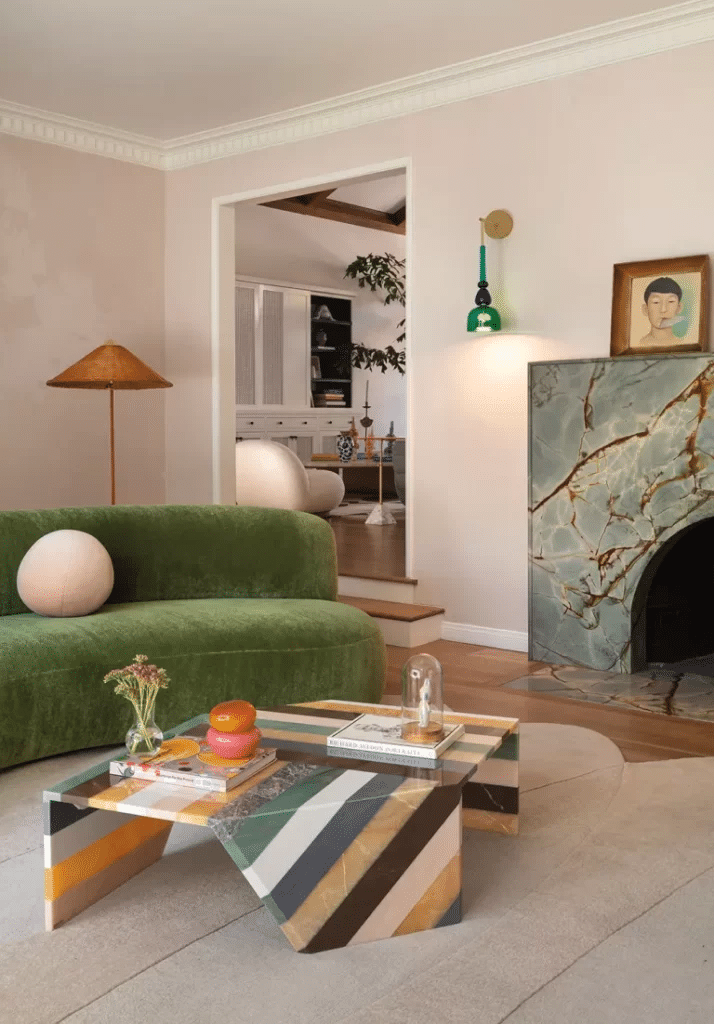
It’s important to create a harmonious space where items echo each other. Never use colour just once in a room. It’s not just the items within one room that should blend, but the rest of the spaces in the house as well. This doesn’t mean that all rooms should be done in the same colour scheme, just some elements that will echo.
In the room in the photo, the striped coffee table looks too complicated to fit into any colour scheme. But if you look closely, you can see that each colour in it is used again in other parts of the room.
Don’t forget about symmetry
When you’re planning furniture placement, think about traditional symmetry. Two chairs that are reflections of each other, or sofas that look like twins, wall lights on either side of the fireplace. All of this helps to create a sense of orderliness.
It’s a traditional, classic approach, but it works well. The trick is to give it a twist, to use modern shapes. The centre of the room can be a table, a window or a fireplace.
Contrasts
Use contrasts when choosing a colour scheme for a room. Look at the colour wheel. Its basic principle is that colours opposite each other combine. These combinations may seem unexpected at first glance, but it’s important to use the right shades here. For example, dark olive looks good with powdery calamine and soft green with fluorescent flamingo.
Use the ceiling
Traditional white ceilings don’t always turn out to be the best solution. If you have low ceilings, it’s best to use the same colour on the walls and ceiling so you can’t tell at a glance where the wall ends. If your ceilings are high, the best solution is to combine a soft white colour with a darker colour on the walls. There is another more unusual way of painting – pick a colour that is not on the walls, but is in the room.
In the room in the photo, the warm green colour on the ceiling is completely appropriate because it is very closely related to the khaki on the lower level. The shade does not conflict with the terracotta colour of the walls. In this case, the ceiling colour is a diluted khaki tone. It remains light, but it is in harmony with the colour scheme.
Conservative flooring
More often than not, flooring is something you only change once during the entire time you live in a house. Fashion trends come and go. It is important to choose an option that you will live with for years to come. You don’t want to chase fashion when it comes to full coverage. Choose a durable material with a classic design. For example, herringbone parquet, staggered tiles or wooden planks will work with any interior renovation.
Use niches
For a room to be comfortable and functional, storage spaces should be incorporated into the very structure of the room. When designers plan an interior, they always think about where and how they will store things. Pull-out drawers are more convenient as you don’t have to keep their contents in perfect order. It is convenient to have things hidden rather than on display.
Think about exactly what you will be storing and how often you will need to take these things. Each room can have secret places to store more things. Chairs can be fitted with drawers, open shelves or stashes with doors can be built into existing nooks and recesses. These can be accessed with discreet handles or latches. Small voids can be a place to store keys. Every little detail counts.
Placement of Seating
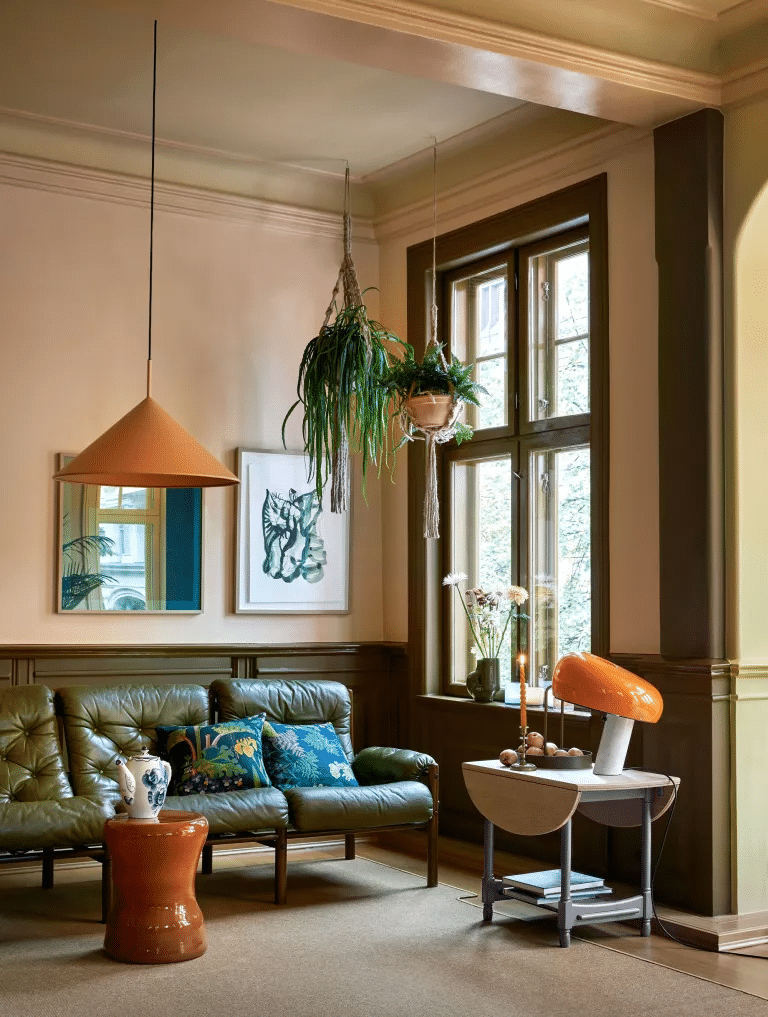
Radius sofas are very popular right now. These are furniture with curved edges that bring people closer together and make them feel like they are in a kind of cocoon. This atmosphere of open friendliness can be achieved with any piece of furniture. Direct chairs towards each other or the sofa to create a comfortable place for conversations. With just one turn of a chair, the way it faces the other rather than the TV, you can change the whole mood of a room.
Keep Walls Neutral
Experienced designers are confident enough to use bold prints and contrasting colours. If you’re new to design, the best solution is to stick to a neutral palette. This one is not a boring option at all. Off-white, grey and beige are the perfect base colours. By painting the walls a neutral shade you can play with the colour of furniture and decor without fear of going overboard.
Showcase Your Belongings
Every room should have a key item and some sort of pedestal on which to display it. An open shelf or platform is not the most functional or necessary element, but such places in the room allow you to showcase your most valuable and important items, placing them in the spotlight. Even in minimalism, there is room to showcase one or two beautiful things. Try to find a place to showcase the things you care about.
Believe in Yourself
There are some jobs that you need to hire professionals for. For example, to replace wiring, heating, or install plumbing. But in the house it is important to embody and your own vision, to put a part of your labour. Do not be afraid to do it. You can plaster and paint only one single wall, but, believe me, for you this wall will remain the most beautiful.

